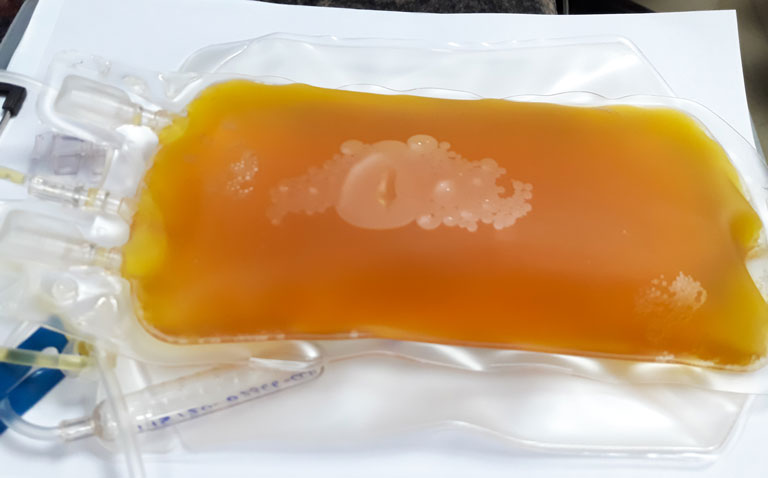Convalescent plasma has no effect on COVID-19 disease progression when given later in the course of illness but could help if given earlier.
The use of convalescent plasma (CP) in patients with COVID-19 is based on the notion that the administered plasma, by containing therapeutic antibodies to the virus, enables recovery. However, to date, results with this therapy have been disappointing, prompting the RECOVERY trial in the UK to halt recruitment to the CP arm in January 2021. In fact, studies have shown how the use of CP in those with severe COVID-19 infection, did not result in any improvements compared to standard care. Nevertheless, in these studies, CP was administered to patients late in their disease. Furthermore, and there is some evidence from a small study in 80 older patients that when CP was given within 72 hours of the onset of mild COVID-19, it did result in reduced illness progression.
In an attempt to provide more robust evidence for the benefit of early use of CP in those with COVID-19, a team from Michigan State University, US, decided to undertake a randomised, multi-centre, single-blind trial in patients who presented at an emergency department within seven days of developing COVID-19 symptoms. The researchers wanted to examine if the early administration of CP was able to halt disease progression. All participants had PCR confirmed COVID-19 infection and were aged 50 years or older and with one or more known risk factors for disease progression. Individuals were randomised in a 1:1 fashion to either one unit of convalescent plasma or saline (placebo) which was coloured to resemble the plasma. The primary outcome of the study was disease progression within 15 days of randomisation and which was defined by a composite of hospital admission, seeking emergency/urgent care or death without hospitalisation.
Findings
A total of 511 patients underwent randomisation, 257 to plasma with a mean age of 54 years (52.5% female). Risk factors included a body mass index greater than 30 (59.1%), hypertension (40.9%) and diabetes (29.6%). In fact, overall, 54.9% of those assigned to convalescent plasma had three or more COVID-19 risk factors. The primary outcome occurred in 30% of those given CP and 31.9% of those given saline. Furthermore, subgroup analysis, i.e., by body mass index, age, ethnicity etc, also showed no important differences. Within 30 days of administration of either treatment, death occurred in 1.9% of those given plasma and 0.4% given saline.
In their discussion, the authors noted that there was a potentially sound rational for giving early convalescent plasma, i.e., that it would boost the level of neutralising antibodies before an individual could develop their own sufficient antibody response. Despite this obvious possible benefit, the authors concluded that even that even among those with a number of risk factors for COVID-19 disease progression, early use of convalescent plasma had no impact on clinical outcomes.
Citation
Korley FK et al. Early Convalescent Plasma for High-Risk Outpatients with Covid-19. New Eng J Med 2021










